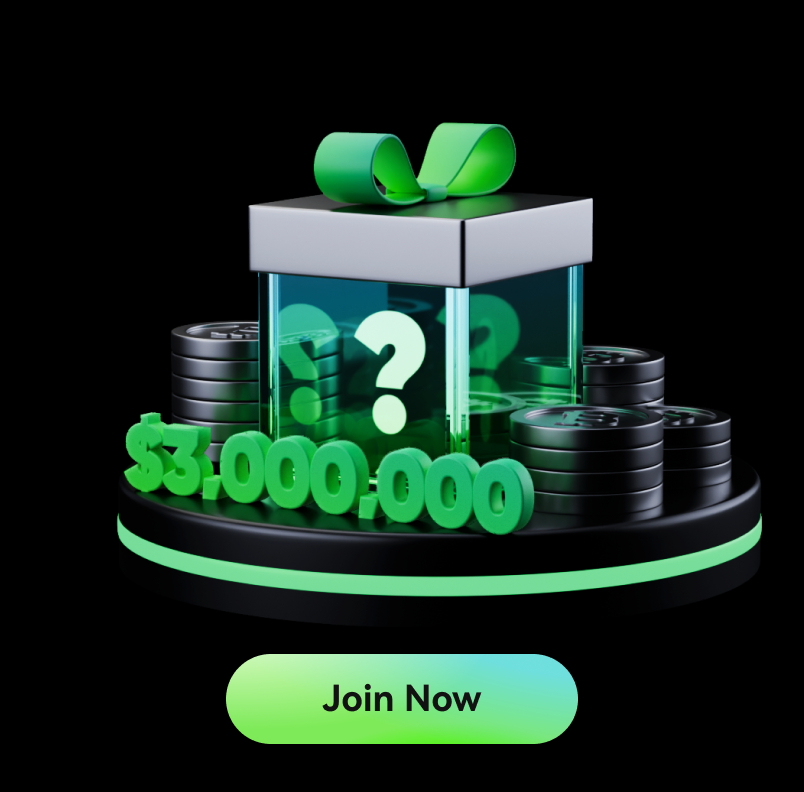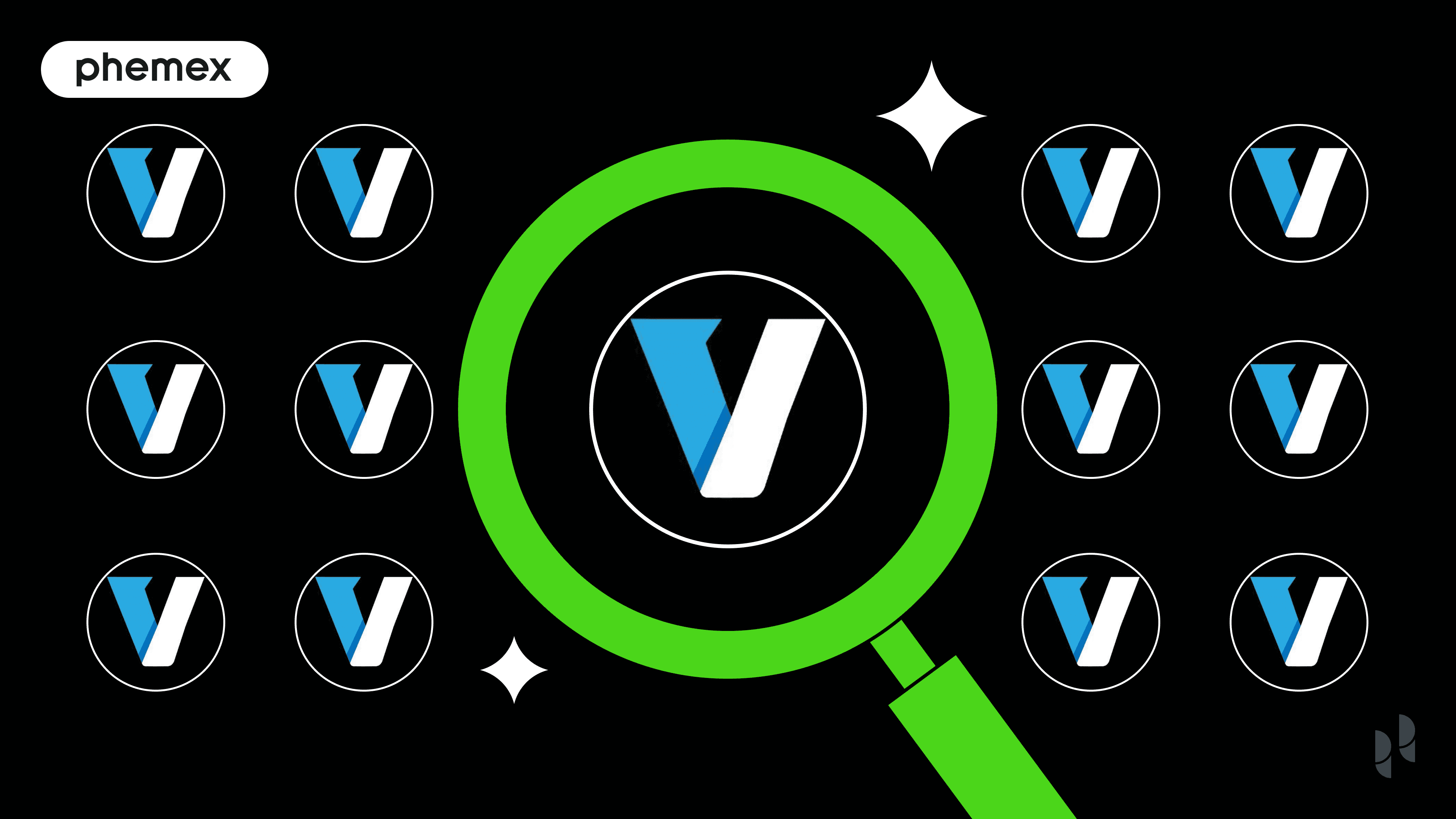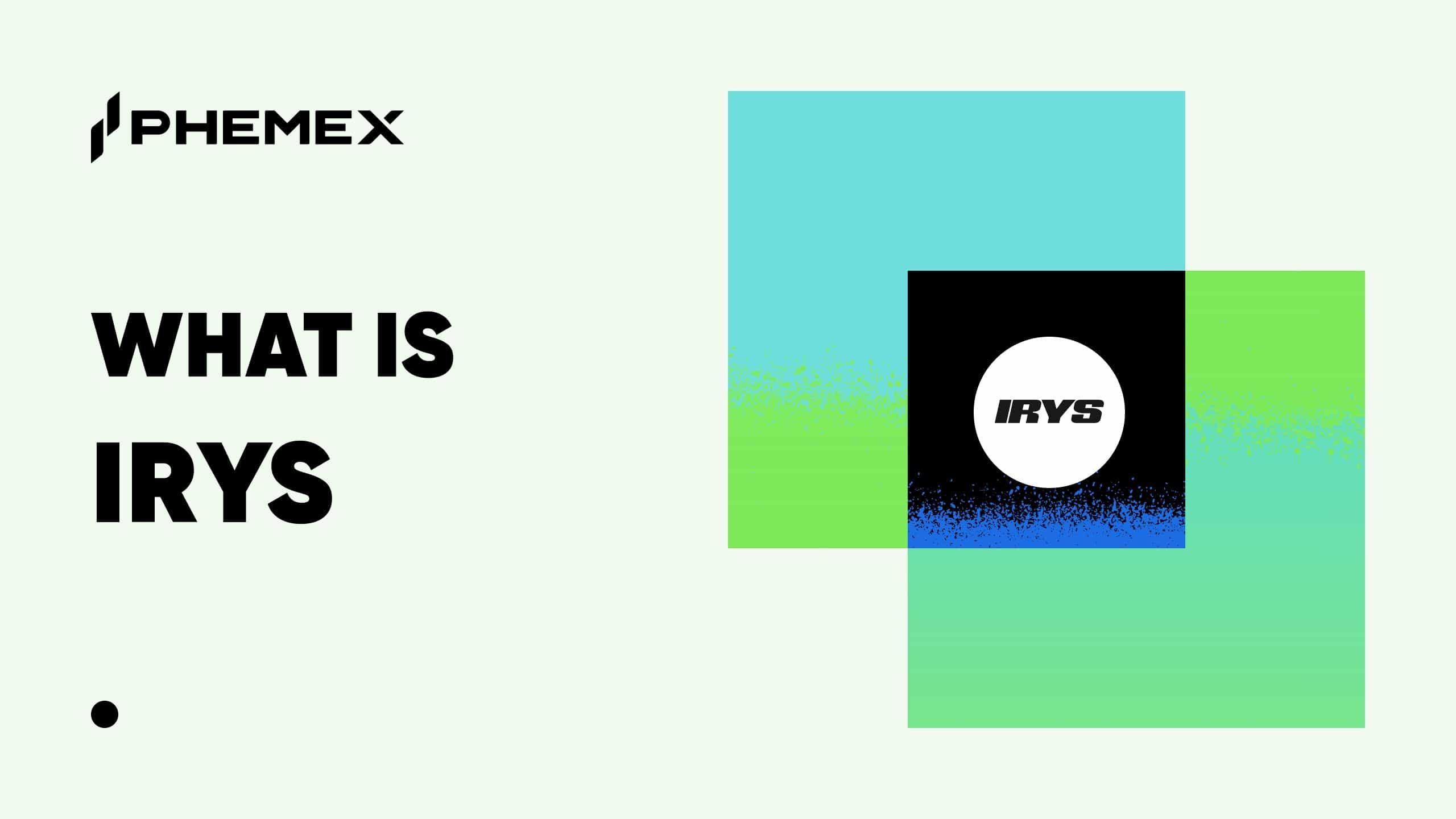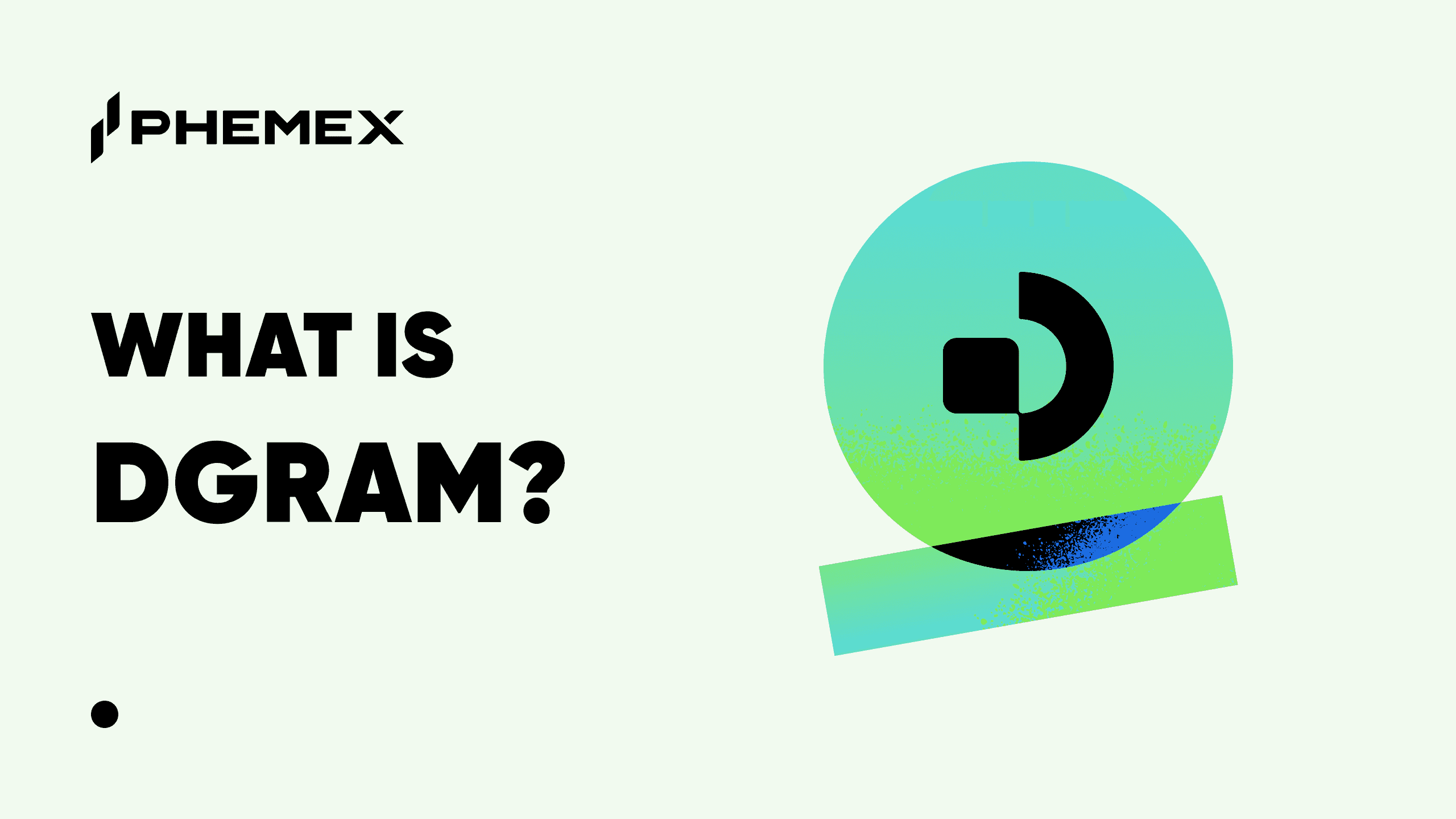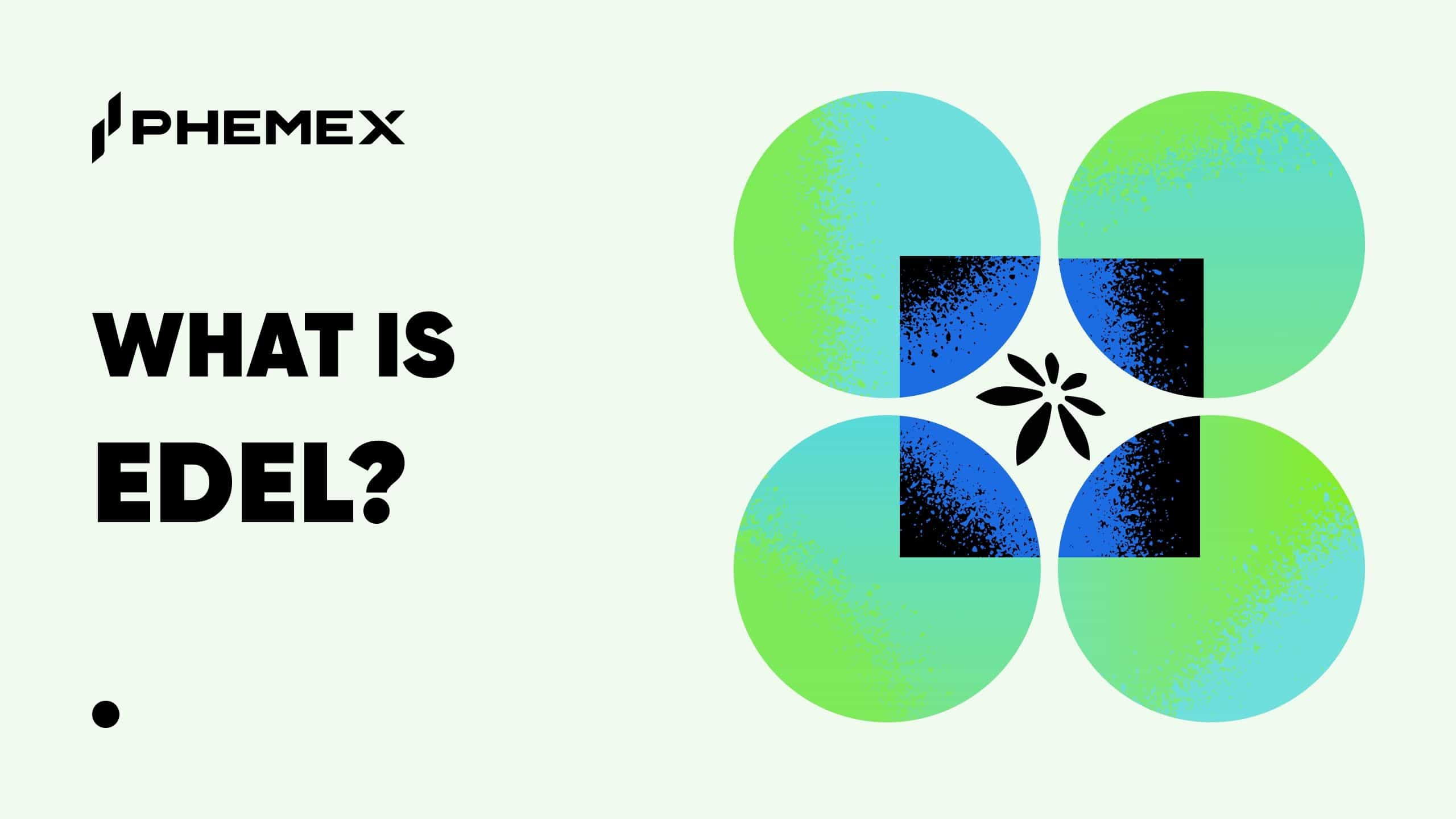Summary Box (Quick Facts)
-
Ticker Symbol: XVM
-
Chain: Solana
- Contract Address:FRsV3m924aGpLMuEekoo3JkkMt1oopaM4JY9ki5YLXrp
-
Primary Use Case: NFT Marketplace for tokenized Real-World Assets (RWAs).
-
Wallet Integration: Xaman Wallet (formerly XUMM)
-
Asset Categories: Luxury Collectibles, Art, Commodities, Memberships.
-
Total Supply: 1 Billion XVM
-
Availability on Phemex: No (As of Writing)
Key Takeaways
-
A Specialized RWA Marketplace: VOLT is not just a protocol but a full-fledged marketplace for buying, selling, and trading Real-World Assets tokenized as unique Non-Fungible Tokens (NFTs) on the XRP Ledger.
-
Focus on Luxury Collectibles: The platform targets high-value, illiquid assets such as luxury watches (Rolex, Patek Philippe), designer bags, rare sneakers, fine art, and precious metals.
-
Solving Key Market Inefficiencies: VOLT aims to solve the problems of limited accessibility, lack of transparency, and slow settlement in traditional collectible and asset markets by leveraging blockchain technology.
-
Partnership and Verification Model: To ensure authenticity, VOLT partners with established companies and collectors who supply, verify, and securely store the physical assets. Only platform administrators can mint the initial RWA NFTs after a rigorous verification process.
-
XRPL and Xaman Wallet Foundation: The marketplace is built on the XRP Ledger to capitalize on its speed (3-5 second settlement), extremely low costs, sustainability, and native NFT support. It integrates with the non-custodial Xaman wallet for secure user control.
-
Clear Revenue Model: The platform operates on a transparent 2% marketplace fee, which is deducted from the seller's proceeds upon a successful sale. This fee is distributed between the VOLT team, marketing efforts, and the asset-providing partners.
Introduction: The Future of Physical Asset Ownership
The evolution of blockchain technology is rapidly moving beyond purely digital currencies to tangible, real-world applications. At the forefront of this movement is the tokenization of Real-World Assets (RWAs)—a process that promises to unlock trillions of dollars in value from illiquid markets. XVM (VOLT) is a project positioned at the center of this revolution, building the infrastructure for a new era of asset ownership.
Launched in 2025, the Volt RWA Marketplace is a platform designed to bridge the gap between valuable physical items and the efficiency of the blockchain. What is XVM? It is the ecosystem that powers a marketplace where real-world assets—from a Rolex watch to a bar of gold—are represented as unique Non-Fungible Tokens (NFTs) on the XRP Ledger.
The project directly addresses the long-standing challenges of traditional asset trading. High-value collectibles and luxury goods markets are often plagued by high barriers to entry, geographic restrictions, opaque pricing, and concerns about provenance and authenticity. Transactions can be slow, costly, and reliant on numerous intermediaries. XVM explained simply: it leverages blockchain to create a more transparent, efficient, and globally accessible market. By owning the NFT, you hold the verifiable, on-chain ownership rights to the underlying physical asset. This guide provides a definitive look into the Volt RWA ecosystem, its technology, and its vision for the future of ownership.
How Many XVM Tokens Are There? A Look at the Tokenomics
A project's tokenomics are crucial for its economic design and potential for long-term stability. The XVM token is structured with a clear and finite supply.
-
Maximum and Circulating Supply: The total supply of XVM is permanently fixed at 1 billion tokens. There is no mechanism to create or mint additional tokens, establishing a hard cap. A significant portion of this supply is already in circulation, which helps prevent sudden inflationary pressure from large, scheduled token releases.
-
A Non-Inflationary Model: Due to its fixed supply, XVM is a non-inflationary token. This design ensures that as the Volt RWA Marketplace grows and demand for the token's utility increases, its value is not diluted by an expanding supply. This scarcity is a core feature of its economic model.
-
Burning and Minting Mechanisms: The protocol's architecture strictly prohibits the minting of new XVM tokens. While the concept of a token-burning mechanism—where a portion of fees could be permanently removed from circulation to create deflationary pressure—is a possibility for future development, it is not an active feature at this time.
This straightforward tokenomic structure provides a predictable foundation for the ecosystem, aligning the interests of the platform, its users, and its partners.
What Does XVM Do? The Role of the Native Token
While the marketplace's primary transactions (buying and selling assets) are conducted in XRP, the native $XVM token is designed to serve as the governance and utility backbone of the ecosystem. The core XVM use case is centered on decentralization and stakeholder incentives.
-
Protocol Governance: As the Volt platform matures, it aims to decentralize its governance. $XVM holders will be empowered to propose and vote on critical platform upgrades, changes to the fee structure, the onboarding of new asset categories, and the approval of new verification partners.
-
Staking for Security and Data Integrity: An RWA platform's integrity relies on accurate off-chain data. VOLT may implement a staking system where users can lock their $XVM to participate in validating asset data, securing the network's oracle system and earning rewards for their contributions.
-
Platform Fees and Access Tiers: While the primary marketplace fee is collected in XRP, the $XVM token could be used for other platform services or to unlock benefits. For instance, holding a certain amount of $XVM might grant users reduced trading fees, priority access to exclusive asset drops, or advanced analytics features.
XVM vs. XDC Network: A Comparative Analysis
Both VOLT and the XDC Network are focused on bridging traditional finance with blockchain, but they operate at different levels of the technology stack and target distinct markets.
| Feature | VOLT (XVM) RWA Marketplace | XDC Network (XDC) |
| Primary Focus | A specialized application for tokenizing and trading real-world collectibles as NFTs. | A foundational, hybrid blockchain protocol designed for global trade and enterprise finance. |
| Core Use Case | Creating a liquid, transparent marketplace for assets like luxury watches, art, and gold. | Providing the infrastructure for complex financial instruments, trade finance, and cross-border payments. |
| Technology Base | An application built on the XRP Ledger to leverage its specific strengths (speed, cost, NFTs). | An independent Layer 1 blockchain with its own consensus mechanism (XDPoS) and EVM compatibility. |
| Target Audience | Collectors, investors, traders, and owners of high-value physical goods. | Financial institutions, corporations, and developers building enterprise-grade decentralized applications. |
| Key Differentiator | A consumer-facing product focused on the complete lifecycle of a physical asset as an NFT. | An enterprise-focused infrastructure layer for others to build upon. |
The VOLT RWA Marketplace: A Deep Dive into the Architecture
The VOLT platform is an end-to-end ecosystem meticulously designed to handle the journey of a physical asset from the real world to a tradable on-chain token. Its architecture prioritizes trust, transparency, and user experience.
The Asset Journey: From Physical to Digital
The lifecycle of an asset on the Volt RWA Marketplace follows a clear, four-step process:
-
Asset Sourcing & Partnership: Assets are not sourced from the public. Instead, VOLT establishes formal partnerships with reputable companies, established collectors, and verified asset providers. These partners are responsible for supplying authentic physical items and benefit from global market exposure through a revenue-sharing agreement.
-
Rigorous Verification & Authentication: This is the cornerstone of the platform's trust model. Every asset undergoes a stringent verification process that includes confirming its source, expert review for authenticity, and compiling all relevant documentation, such as certificates, purchase receipts, and provenance records.
-
Tokenization as an NFT: Once an asset is fully authenticated, the Volt RWA team tokenizes it. This involves creating a unique NFT on the XRP Ledger. All the asset’s metadata—its description, high-resolution images, authentication documents, and custody details—are linked to the NFT, creating an immutable and transparent on-chain record.
-
Marketplace Listing: Crucially, only Volt RWA administrators can mint and create the initial asset listings. This closed-gate system prevents fraudulent or unverified items from entering the marketplace, ensuring a high standard of quality and trust for all users. The asset is then listed with transparent pricing based on market analysis and appraisal.
Why Build on the XRP Ledger? The XRPL Advantage
The choice of the XRP Ledger is a strategic technical decision based on five key advantages:
-
Speed: The XRPL settles transactions in 3-5 seconds, enabling real-time trading and ownership transfers.
-
Cost-Effectiveness: Transaction fees are minimal (fractions of a cent), making buying, selling, and trading highly affordable without the worry of volatile gas prices.
-
Sustainability: The XRPL is a carbon-neutral blockchain with an energy-efficient consensus mechanism, aligning with modern environmental standards.
-
Native NFT Support: The ledger has built-in NFT functionality (XLS-20 standard), which allows for secure and reliable token creation without the complexities of custom smart contracts.
-
Reliability: With over a decade of continuous operation, the XRPL is a battle-tested, enterprise-grade infrastructure.
Asset Custody and User Control
Physical assets are securely stored and insured by the verified partner network. When a user buys an NFT, they own the legal rights to the underlying asset, which remains protected in professional custody. The NFT itself is held in the user's personal Xaman wallet, ensuring they have full, non-custodial control over their digital ownership claim. For selling, the NFT is transferred to a secure escrow wallet that automates the transaction upon purchase.
Team & Origins: The Visionaries Behind VOLT
The Volt RWA Marketplace was launched in 2025 by a team described as having deep experience in financial technology and distributed ledger systems. The core contributors have chosen to operate under a model of anonymity or pseudonymity, a practice that is not uncommon in the decentralized technology space. This approach is intended to place the focus squarely on the project's technology and its community-centric goals, rather than on the public profiles of individuals. For prospective users and investors, this means that trust in the project is built upon tangible factors like the quality of its platform, the transparency of its on-chain operations, and its demonstrated ability to execute on its publicly stated roadmap.
Is XVM a Good Investment? A Neutral Analysis
Assessing the investment potential of XVM requires a balanced view of its innovative business model against the inherent risks of a nascent project in an emerging sector. This analysis is for informational purposes only and does not constitute financial advice.
The Potential Upside (The Bull Case)
-
First-Mover Advantage in a Niche Market: VOLT is targeting a specific, high-value niche: tokenized luxury collectibles on the XRPL. By focusing on this vertical, it can build deep expertise and a dedicated community, potentially becoming the go-to platform for this asset class.
-
Clear and Viable Business Model: The 2% marketplace fee is a straightforward and proven revenue model. It directly ties the platform's success to its trading volume, creating a clear path to profitability and sustainability.
-
Solves Real-World Problems: The platform addresses tangible pain points for collectors and investors, including authenticity, liquidity, and global market access. A product that solves a real problem has a strong foundation for user adoption.
-
Strong Technical Foundation: Building on the XRPL provides significant advantages in speed, cost, and reliability, which can lead to a superior user experience compared to platforms on more congested or expensive blockchains.
The Potential Downsides (The Bear Case)
-
Execution Risk: The entire project's success hinges on the team's ability to build, launch, and scale a fully functional and secure marketplace. Until the platform is live and has demonstrated transaction volume, the concept remains unproven.
-
Reliance on Partnerships: The model is heavily dependent on securing and maintaining high-quality partnerships for both asset sourcing and custody. Any issues with these partners could pose a significant risk to the platform's reputation and operation.
-
Regulatory Scrutiny: The tokenization of real-world assets sits at the intersection of securities law, property rights, and digital assets. The evolving regulatory landscape could introduce compliance challenges or legal hurdles.
-
Competition: While the niche is specific, the broader RWA and NFT marketplace sectors are highly competitive. VOLT will compete for user attention and capital against established players and new entrants.
Conclusion:
VOLT presents a compelling and well-defined business plan to tackle a lucrative niche within the RWA sector. Its success will be determined by its ability to execute its vision, build trust through its verification processes, and attract a critical mass of buyers and sellers. An investment in XVM is a speculative bet on the emergence of tokenized collectibles and the team's capacity to deliver a best-in-class product.
Disclaimer: This is not financial advice. The cryptocurrency market is highly volatile. Crypto trading involves risks; only invest what you can afford to lose.
Frequently Asked Questions (FAQs)
1. How does VOLT guarantee the authenticity of the physical assets?
VOLT uses a strict, multi-layered verification model. It partners with reputable companies and expert collectors who are responsible for sourcing and authenticating each item. Every asset undergoes a rigorous due diligence process, and its documentation is linked to the NFT before it can be listed by the platform's administrators.
2. What happens to the physical item when I buy its NFT on the marketplace?
The physical item remains securely stored and insured in a facility managed by one of VOLT's trusted partners. When you buy the NFT, you acquire the legal ownership rights to that asset. You can hold this right, or you can sell the NFT on the marketplace to transfer ownership to someone else.
3. Can I sell my own collectibles on the Volt RWA Marketplace?
Initially, no. To maintain a high standard of trust and verification, only assets that have been sourced, authenticated, and tokenized by the Volt RWA team and its partners can be listed. However, if you purchase an asset on the platform, you are free to resell it within the marketplace.
4. Why does VOLT use the Xaman wallet?
VOLT integrates with the Xaman wallet because it is the leading non-custodial wallet for the XRP Ledger. This ensures that users always have full control over their assets. All transactions must be explicitly approved in the user's wallet, providing a high level of security and transparency. Your private keys never leave your device.
5. What is the 2% marketplace fee?
The platform charges a 2% fee on every successful sale, which is automatically deducted from the amount the seller receives. This fee is the marketplace's primary revenue source and is distributed to fund platform development, marketing, and to compensate the asset-providing partners.
